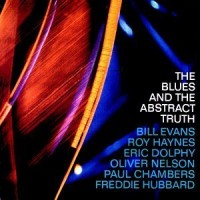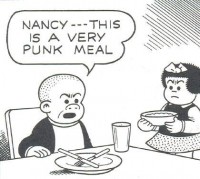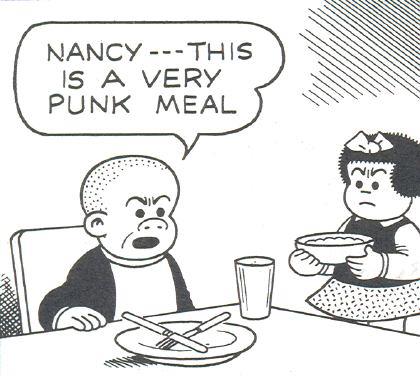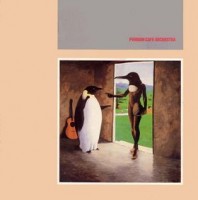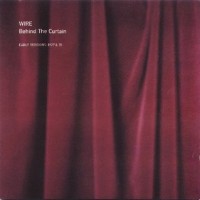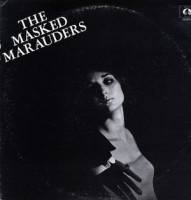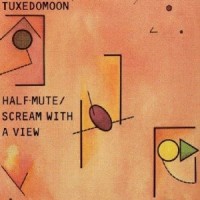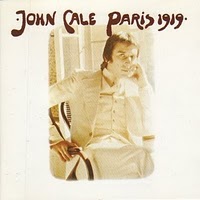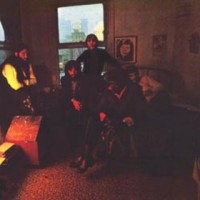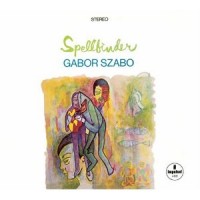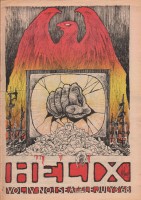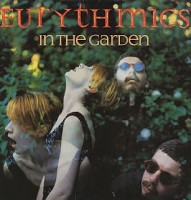
Eurythmics 1981 album ‘In the Garden’ is a fascinating and generally forgotten record. Recorded with Kraftwerk producer Conny Plank and featuring Blondie’s Clem Burke and Can’s Holger Czukay ‘In the Garden’ was the first record they recorded after the demise of The Tourists and before they had major commercial success. ‘In the Garden’ failed to chart and, sadly, remains largely ignored to this day.
‘In the Garden’ is new wave, no wave, psychedelic, experimental and pop, if pop comes from outer space (and it’s good when it does). Themes include dreamy reverie (English Summer), Kraftwerkian love songs (Take Me To Your Heart), desperate housewives who behave like calculators (She’s Invisible Now), female body image (Caveman Head), and, that’s just for starters. Annie sings in French on the bizarre and catchy ‘Sing Sing’ and most tracks are punctuated with all manner of sound effects, animal impersonations, trains, crickets and sirens. Vocals are processed, mixed up, mixed down, sound like they were recorded underwater, surrounded by cushions, or beamed in from another galaxy, or era, or mental state.
‘In the Garden’ is a great example of the sound of a band experimenting with an Everest of ideas. They wisely stop short of overloading the album though, as it could have been a complete mess. I’ve been finding new things in this album every time I hear it, and that is an awful lot of times. From here came Sweet Dreams and later, it must be said, a general move away from experimental pop towards a generally more commercial direction (which is where I become a little less excited about their music). —Wayne


